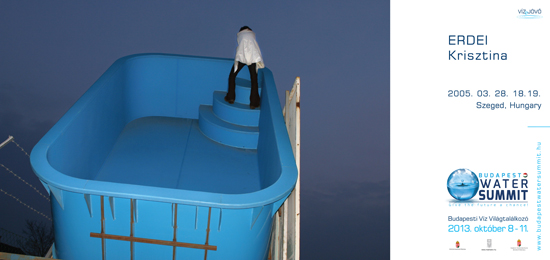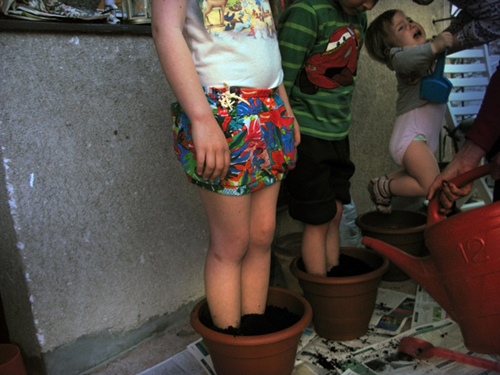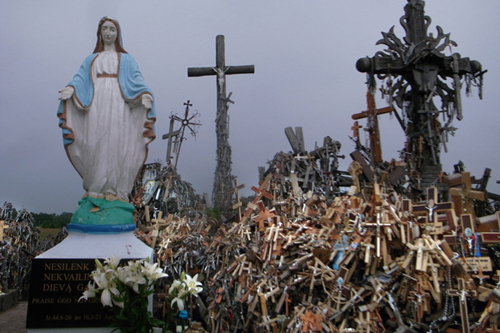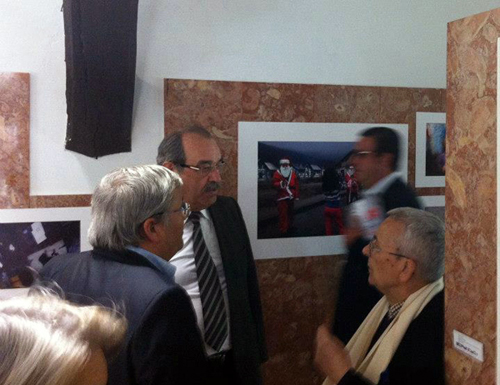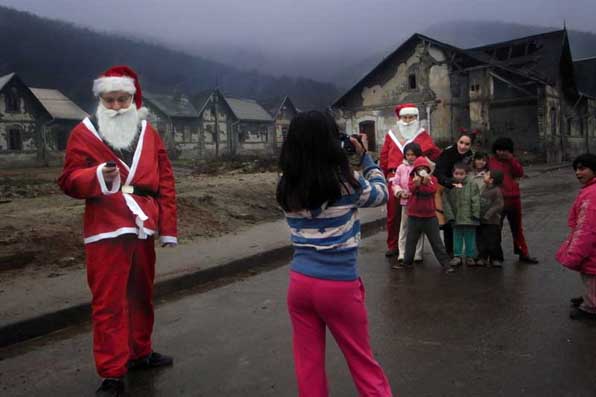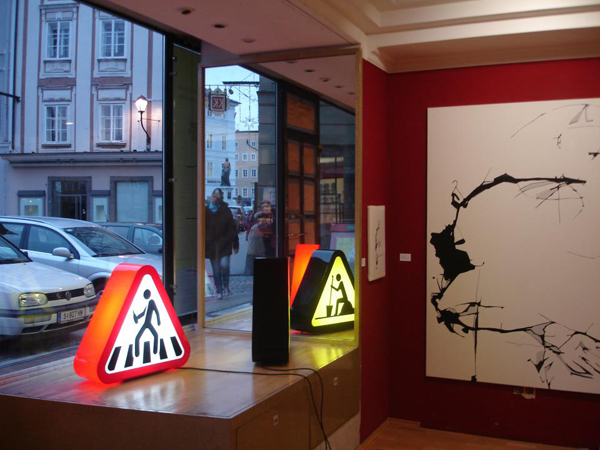excerpts from an interview with Krisztina Erdei:
These photos were all taken in everyday circumstances: in a village house, in a kitchen, in the garden.
As opposed to my other works, this series is rather personal. My parents live in this area between the settlements of Szeged and Bonyhád. And, while I didn’t grow up here, it’s a place where I do not belong but I go home to. Therefore, I have a very particular relationship with it.
Did you tell your parents that you would go to take photos for a couple of days?
No. I always take pictures. It’s natural for me like that since 2001, for ten years now. I have never really taken photos of my parents; actually, for this series too, I didn’t specifically photograph them. My mother, for instance, is not on any of the photos. Instead, I encounter other people and various situations through them. The people who live there have particularly tragic lives. I’d rather not tell how many of them had died on this street and under what circumstances. As far as I can see, the inhabitants of Nut alley (Dió sor) seek reasons and explanations for their problems in such external circumstances that, in fact, have nothing to do with them. I aimed at highlighting this external point of view by portraying the mystical and strange presence. I wanted these photos to transmit their convictions about some outside forces influencing their lives and rendering them victims.
The photos exhibit a simple, spontaneous atmosphere. Everyone seems to be living their usual lives. How did the people take you photographing them? You must have had to earn their trust.
This trust develops slowly. It has taken me time to take photos of others; maybe not so much by now. I sometimes can be uninhibited now. The trust gained lasts as long as they can reasonably assume that I am not going to abuse it. While taking pictures I participate in the events: I make the pálinka, kill the pig, go to the fair. I am there, among them when they are talking to each other. It’s detectable what is allowed and what they would rather not have me around for. Furthermore, they know me and what I do, therefore they are, fortunately, not bothered by it.
There is a photo of filling a sausage. There seems to be a cartoon character at the end of the sausage…
Yes, we stuffed the figure in there. It was a rather bold idea. We stuffed the figure under the guts and then filled it with the sausage. It became something like a brand sign. This is a sausage with a cartoon character and it’s nicer like that.
You copy the photos taken onto your computer and begin another phase of working on them. I guess you alter them a little bit.
I adjust the colors. I like unusual solutions but most of these modifications come about by chance. I didn’t manipulate any of these photos. I didn’t change the colors either; I only set their intensity by making them lighter or darker.
Besides digital, are you attracted to film photography in any way?
No, I’m more interested in digital photography. I like new things, simpler techniques. I am not interested in quality or the romance of negatives. However, in certain situations I do use film, But then I work differently – I am more considerate, thoughtful since the raw material is more expensive. For a change, it’s good to work with film, epseically with regards to the time that passes between taking the shot and developing the photo. For me, this period is usually very long.
What do you mean when you say that you are not interested in quality?
Many like film cameras because they are always reliabe and produce an enduring quality. The resolution is better, while the photos also provide a more texture-based experience to the viewers. I, on the other hand, consider myself a user who does not base her decisions on a call but what’s evident and available in the moment.
By János Zelki


